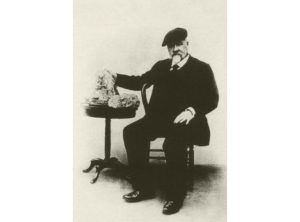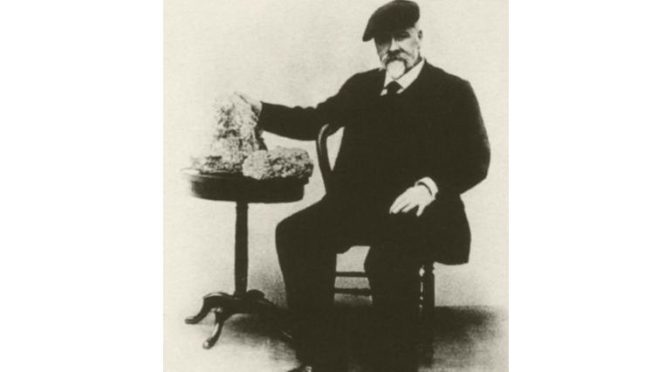The Basque Country is remarkable for how lush it is – green pine trees cover the landscape. But, did you know that those pines aren’t native to the Basque Country? They were brought from California by Carlos Adán de Yarza. Carlos was but one in a long line of Adán de Yarzas that made their mark on the Basque Country, whether in commerce, politics, or even science. I have a personal familial connection to them: my great-great-grandparents were their groundskeepers.

- The Adán de Yarza – written Adan de Iartza in modern Euskara – has been in the area of Ispaster/Lekeitio since before the 14th century. Back then, the family was involved with the War of the Bands, and the palace was a tower-house, typical of the lords of the time. The family fought on the side of the Oñacinos. In fact, they played a major role in the wars, as it was an Adán de Yarza and his son that killed the patriarch of the Arancibia family, starting the war between the two.
- Their status as a powerful family is attested by the fact that Rodrigo Adán de Yarza was mayor of the area in 1338. In 1342, we find Pedro Adán de Yarza amongst the mayors of Bizkaia that gathered under the Tree of Gernika to negotiate with the king that the rights and fueros of the Basques be respected. Since the beginning, the Adán de Yarza family has been a powerful force in the politics of Bizkaia.
- As I mentioned in an earlier post, pine trees were brought to the Basque Country by the Adán de Yarza. The Pinus radiata, originally from California, was first brought to the Basque Country by Carlos Adán de Yarza. He planted the first specimens in his palatial gardens at the Zubieta Palace in Ispaster/Lekeitio. Carlos was both mayor of Bilbo and Deputy General of Bizkaia.
- However, it was his son Marío that really introduced them to the Basque mountainside. Marío had been a councilor of Bilbo and Deputy General of Bizkaia before devoting himself to forestry sometime around 1877. In an irony of history, Marío was present at the General Assembly that tried to prevent the law that abolished the Basque fueros, to no avail.
- Another son of Carlos’s, Ramón, went in to engineering, particularly mining, completing his studies in 1871 in Bilbo. Ramón became well known as an authority on the caves of Bizkaia and geology more broadly. As one example, he and his brother-in-law undertook the first scientific investigations of the Atxurra cave in 1882. He also became an authority on petrography, or the study and classification of rocks. He discovered the mineral fortunite (hyalo-enstatite-phlogopite lamproite).
A full list of all of Buber’s Basque Facts of the Week can be found in the Archive.
Primary sources: Historia del Palacio de Zubieta;
Discover more from Buber's Basque Page
Subscribe to get the latest posts sent to your email.


